Home>Garden Essentials>Garden Storage>What Is A French Drain? Find Out If One Is Right For Your Yard
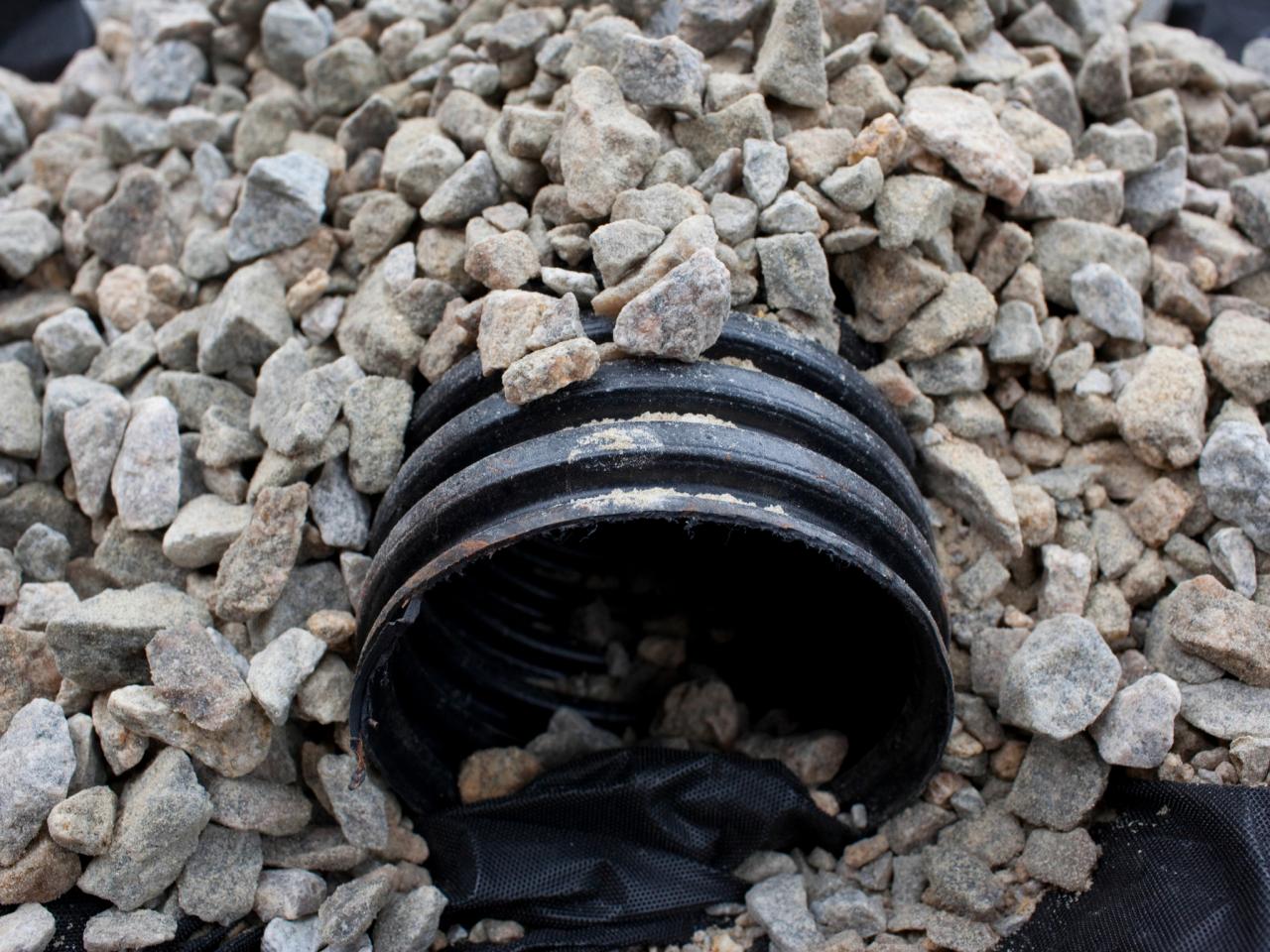

Garden Storage
What Is A French Drain? Find Out If One Is Right For Your Yard
Modified: April 22, 2024
Looking for efficient yard drainage solutions? Learn about French drains and discover if this storage solution is right for your yard.
(Many of the links in this article redirect to a specific reviewed product. Your purchase of these products through affiliate links helps to generate commission for Storables.com, at no extra cost. Learn more)
Introduction
A French Drain is a popular drainage solution used in yards to redirect water away from foundations, basements, and low-lying areas. Whether you are dealing with excess water from heavy rainfall or poor soil drainage, a French Drain can help prevent water accumulation and potential damage to your property.
In this article, we will delve into the concept of a French Drain, how it works, signs that indicate you may need one, and its benefits. We will also provide a step-by-step guide for installing a French Drain and offer tips for its maintenance and care.
So, if you’re tired of dealing with soggy soil, wet basements, or water pooling in your yard, read on to discover how a French Drain can be the solution you’ve been looking for.
Key Takeaways:
- French Drains effectively redirect excess water, preventing waterlogging, soil erosion, and potential damage to your property. They offer customizable, long-lasting solutions for various water-related issues in yards and basements.
- Proper installation and regular maintenance of French Drains are crucial for optimal performance. By addressing signs of poor drainage promptly and following maintenance tips, homeowners can protect their properties from water damage and enjoy a healthier outdoor environment.
Read more: What Is A French Drain In Basement
What is a French Drain?
A French Drain is a simple yet effective drainage system designed to redirect excess water away from your property. It consists of a trench filled with gravel or rock and a perforated pipe that captures and carries away the water. This underground system provides an efficient way to drain water from your yard, preventing waterlogging, erosion, and potential damage to your home’s foundation.
The term “French Drain” is named after Henry French, a Massachusetts farmer who popularized the concept in the late 19th century. It has since become a widely used drainage solution due to its effectiveness and versatility.
French Drains are primarily used to address three common water-related issues:
- Surface Water Drainage: If your yard is prone to pooling or waterlogging after heavy rain, a French Drain can help channel the water away, preventing it from saturating your lawn and causing issues like poor plant growth or muddy areas.
- Foundation Protection: Excess water around your foundation can lead to serious damage, including cracks or even structural instability. A French Drain can divert the water away from your foundation, keeping it dry and protected.
- Hillside Erosion Control: If you live on a sloped property, you may experience erosion due to water runoff. Installing a French Drain can help control the water flow and prevent soil erosion, preserving the stability and aesthetics of your landscape.
The key to the effectiveness of a French Drain lies in its design. The perforated pipe is placed at the bottom of a trench, surrounded by gravel or rock. This allows water to enter the pipe through the perforations, while the gravel acts as a filter to prevent debris from clogging the pipe. The captured water then flows through the pipe, away from your property, and eventually discharges into a designated area like a drainage ditch or a dry well.
Overall, French Drains offer a reliable and long-lasting solution to water drainage problems. They can be customized to suit the specific needs of your property and are typically low maintenance once installed.
How Does a French Drain Work?
A French Drain works by utilizing the principles of gravity and proper drainage to redirect water away from areas where it can cause damage. The system is designed to capture the excess water and provide a path for it to flow away from your property.
Here’s a step-by-step breakdown of how a French Drain works:
- Trench Excavation: The first step in installing a French Drain is to excavate a trench along the desired drainage path. The depth and width of the trench will depend on the specific needs of your property and the volume of water you expect to handle.
- Perforated Pipe Placement: Once the trench is dug, a perforated pipe is laid at the bottom. This pipe will serve as the conduit to carry the water away. The perforations allow water to enter the pipe while preventing debris from clogging it.
- Gravel or Rock Fill: The trench is then filled with gravel or rock. This serves two purposes – providing a filter to prevent clogging of the perforated pipe and creating a pathway for water to flow towards the pipe.
- Trench Covering: After the gravel or rock is added, the trench is covered with a layer of landscape fabric. This helps prevent the infiltration of soil and debris into the French Drain system. Finally, the trench is covered with soil or other suitable materials to blend in with your yard’s landscape.
Once the French Drain is installed, it starts working to redirect water away from the problem areas. When excess water collects in the soil or on the surface, it naturally seeks the path of least resistance – flowing towards the trench and into the perforated pipe.
As the water enters the pipe through the perforations, it is directed away from your property, following the downward slope of the trench. The gravel or rock surrounding the pipe acts as a filter, allowing the water to flow freely while preventing the pipe from getting clogged with dirt, roots, or debris.
The captured water in the pipe is carried away from your property, either to a designated drainage area or a connection to the municipal stormwater system. This ensures that the water does not cause damage to your yard, foundation, or other structures.
It is important to note that the success of a French Drain depends on proper installation and maintenance. Regular inspection and cleaning of the system are recommended to ensure optimal performance and prevent any potential blockages.
Signs that You Might Need a French Drain
If you’re experiencing persistent issues with water accumulation in your yard or around your home, it may be a sign that you need a French Drain. Here are some common signs that indicate the need for a French Drain installation:
- Persistent Standing Water: If you notice areas in your yard that consistently have standing water, especially after rainfall, it could be a sign of poor drainage. A French Drain can help redirect the water and prevent waterlogging.
- Wet or Damp Basement: A damp or wet basement is often an indication of excessive groundwater or poor drainage around your foundation. Installing a French Drain can help alleviate the pressure on your basement walls and keep your basement dry.
- Soil Erosion: If you notice significant soil erosion in your yard, especially on slopes or embankments, it could be due to water runoff. A French Drain can help control the water flow, preventing further erosion and preserving your landscape.
- Cracks in Foundation: Cracks in your foundation can be a result of water-related issues, such as hydrostatic pressure or soil expansion and contraction. A French Drain can help alleviate these issues by redirecting water away from the foundation, reducing the risk of further damage.
- Water Intrusion into Crawlspaces: If you have a crawlspace beneath your home, water intrusion can lead to mold, mildew, and structural issues. Installing a French Drain around the crawlspace can prevent water from seeping in and causing damage.
- Muddy or Soggy Yard: If your yard remains muddy or soggy for extended periods, it can indicate poor soil drainage. Installing a French Drain can help improve the drainage, making your yard more enjoyable and functional.
It’s important to address these signs promptly to prevent further damage to your property. A French Drain can be a valuable solution for resolving drainage issues and protecting your home.
However, it is recommended to consult with a professional drainage expert or landscaper to assess your specific situation and determine if a French Drain is the appropriate solution for your needs. They can evaluate your property’s topography, soil condition, and water drainage patterns to provide tailored advice and design a French Drain system that suits your requirements.
When is a French Drain Not Recommended?
While a French Drain can be an effective solution for many drainage problems, there are certain situations where it may not be the best option. Here are some instances when a French Drain may not be recommended:
- No Excess Water Issues: If you do not experience any significant issues with water accumulation in your yard or near your foundation, a French Drain may not be necessary. It is important to properly assess and determine if there is an actual need for drainage improvements.
- Poor Soil Permeability: If you have heavy clay or compacted soils with poor permeability, a French Drain may not be as effective. In such cases, alternative drainage solutions, like installing surface drains or improving soil structure through amendment, may be more suitable.
- High Water Table: If your property has a high water table where the groundwater level is consistently close to the surface, a French Drain may not provide adequate relief. In these instances, a professional engineer or drainage expert should be consulted to explore alternative drainage options.
- Downhill Water Flow: If your property has a natural slope that directs water away from structures, a French Drain may not be necessary. It is important to evaluate the natural drainage patterns and utilize existing landscape features to manage water flow.
- Existing Drainage Solutions: If you already have a well-functioning drainage system in place, such as gutters, downspouts, or surface drains, a French Drain may not be needed. It is advisable to check and maintain your existing drainage system before considering additional drainage measures.
It is crucial to consult with a professional drainage expert or landscaper to assess your specific situation and determine the most appropriate solution. They can evaluate your property’s terrain, soil conditions, and existing drainage systems to provide tailored advice and recommend the best course of action.
Remember, every property is unique, and what works for one may not work for another. Proper evaluation and understanding of your property’s drainage needs are key to implementing the most effective and appropriate drainage solutions.
When installing a French drain, make sure to use a perforated pipe surrounded by gravel to effectively redirect water away from your yard.
Read more: How To Install French Drain In Basement
The Benefits of Installing a French Drain
Installing a French Drain can offer a range of benefits for homeowners, helping to address and prevent various water-related issues. Here are some key advantages of having a French Drain:
- Effective Water Drainage: The primary benefit of a French Drain is its ability to efficiently drain excess water from your property. It helps prevent water accumulation, waterlogging, and potential damage to your yard, landscape, and structures.
- Foundation Protection: By redirecting water away from your foundation, a French Drain helps to maintain the integrity and stability of your home’s foundation. This can prevent costly foundation repairs caused by the damaging effects of excess moisture.
- Prevention of Soil Erosion: A French Drain can effectively control water runoff on slopes and embankments, preventing soil erosion. This helps protect your landscape, preserving the beauty and functionality of your outdoor spaces.
- Reduced Risk of Basement Flooding: If you have a basement, a French Drain can be a valuable solution to prevent water seepage and reduce the risk of basement flooding. It helps to keep your basement dry, preventing water damage and the growth of mold or mildew.
- Improved Yard Drainage: For properties with poor soil drainage or areas prone to waterlogging, installing a French Drain can significantly improve the overall drainage of your yard. It creates a drier and healthier environment for plants, reducing the risk of root rot and promoting better growth.
- Customizable and Versatile: French Drains can be customized to suit the specific needs of your property. They can be designed in various sizes, depths, and configurations to effectively address the unique drainage challenges you may be facing.
- Longevity and Low Maintenance: When installed correctly, French Drains can provide long-lasting drainage solutions with minimal maintenance requirements. Regular inspection and cleaning can help maintain their effectiveness over time.
It is important to note that the success of a French Drain depends on proper installation and design. Seeking professional advice and assistance, especially for complex situations or large-scale projects, can ensure optimal results.
By installing a French Drain, you can take proactive measures to protect your property from water damage, improve the overall drainage of your yard, and create a safer and more functional outdoor space.
Step-by-Step Guide to Installing a French Drain
Installing a French Drain may seem like a complex task, but with the right tools and knowledge, it can be a manageable DIY project. Follow these step-by-step instructions to install a French Drain and improve the drainage on your property:
- Plan and Prepare: Determine the areas where water accumulates and plan the route for your French Drain. Consider factors like the slope of your yard, proximity to structures, and suitable discharge points for the water.
- Mark the Trench Path: Use stakes and string to mark the path of your French Drain trench. Ensure that the trench has a slight downward slope of at least 1 inch for every 8 feet to facilitate water flow.
- Excavate the Trench: Using a shovel or a trenching machine, dig the trench according to the marked path. The trench should be approximately 12-18 inches deep and wide enough to accommodate the pipe and gravel.
- Add Gravel Base: Create a layer of 2-4 inches of gravel at the bottom of the trench. This will serve as a level base for the perforated pipe.
- Lay the Perforated Pipe: Place the perforated pipe on top of the gravel base, ensuring that the perforations face downwards. Connect multiple sections of pipe using suitable connectors or couplings.
- Surround with Gravel: Fill the trench around the pipe with gravel or pea gravel, covering the pipe completely. Compact the gravel lightly to secure it in place.
- Cover with Landscape Fabric: Place a layer of landscape fabric over the gravel to prevent soil and debris from entering the French Drain system. This will help maintain the efficiency of the drainage system over time.
- Complete the Trench: Fill the remaining trench with soil, ensuring that the landscape fabric is completely covered. Tamp down the soil gently to create a level and compact surface.
- Test the Drainage: After the installation is complete, test the French Drain by pouring water into the trench. Monitor how the water flows through the system and adjust as needed.
- Discharge Point: Determine an appropriate discharge point for the water from the French Drain. This can be a drainage ditch, a dry well, or an area where water can safely infiltrate the ground without causing any issues.
It is important to note that the above steps provide a general framework for installing a French Drain. The specific requirements and nuances may vary depending on your property’s needs and local regulations. It is recommended to consult with a professional or seek guidance from local experts to ensure proper installation and adherence to any necessary permits or guidelines.
By following these steps, you can successfully install a French Drain and improve the drainage on your property, helping to prevent water-related issues and protect your landscape and structures.
Maintenance and Care for Your French Drain
While French Drains are designed to be relatively low maintenance, some regular care is necessary to ensure optimal performance and longevity. By following these maintenance tips, you can keep your French Drain functioning effectively:
- Inspect Regularly: Periodically inspect your French Drain to check for any signs of clogging or damage. Look for debris, sediment buildup, or plant roots that may obstruct the flow of water.
- Clean Debris: Remove any accumulated debris, leaves, or dirt from the surface of the French Drain. This prevents blockages and ensures proper water flow.
- Trim Overhanging Plants: Trim any overhanging branches or plants that could potentially infiltrate the French Drain system with their roots. This helps prevent root intrusion and clogging.
- Test Drainage: After heavy rainfall or significant water events, test the drainage of your French Drain system. Ensure that the water is flowing smoothly and that there are no areas of standing water or pooling.
- Address Clogs Promptly: If you notice signs of a clogged French Drain, such as slow drainage or water backup, take immediate action. Clear any obstructions or seek professional help if necessary.
- Maintain Gutters and Downspouts: Keep your gutters and downspouts clean and free from debris. This helps prevent excessive water from overwhelming the French Drain system and ensures proper water diversion.
- Check Discharge Point: Regularly inspect the discharge point of your French Drain to ensure that water is properly draining away from your property. Clear any blockages or redirect water if needed.
- Monitor Soil Settlement: Over time, settlement of the soil around the French Drain may occur. If you notice significant sinking or unevenness, add suitable backfill material and compact it gently to maintain the integrity of the drain.
- Consider Seasonal Maintenance: In regions with freezing temperatures, take precautions during winter months. Disconnect and drain any above-ground parts of the French Drain system to prevent damage from freezing and minimize the risk of water accumulation.
- Seek Professional Assistance: If you’re unsure about the maintenance needs of your French Drain or encounter complex issues, don’t hesitate to consult a professional drainage expert. They can provide guidance and perform any necessary repairs or maintenance tasks.
Regular maintenance and care ensure that your French Drain functions optimally, preventing water damage, and protecting your property. By incorporating these practices into your routine, you can prolong the lifespan of your French Drain and enjoy its many benefits for years to come.
Conclusion
A French Drain can be a highly effective solution for addressing water drainage issues on your property. By redirecting excess water away from your yard and foundation, a French Drain helps prevent waterlogging, soil erosion, and potential damage to your home.
In this article, we’ve explored the concept of a French Drain, how it works, and the signs that indicate you may need one. We’ve also provided a step-by-step guide for installing a French Drain, along with tips for its maintenance and care.
By understanding the benefits of a French Drain and following proper installation and maintenance practices, you can ensure effective water drainage and protect your property. From improved yard drainage to foundation protection, a French Drain offers a range of advantages.
If you’re experiencing persistent water accumulation, wet basements, or soil erosion, it may be time to consider installing a French Drain. Consult with a professional drainage expert or landscaper to evaluate your specific situation and determine the best course of action.
Remember, proper planning, installation, and regular maintenance are key to the success of your French Drain. By taking proactive measures, you can eliminate water-related issues and create a drier, healthier, and more functional outdoor environment.
Investing in a French Drain can provide peace of mind, knowing that your property is protected from the damaging effects of excess water. So don’t let water woes dampen your spirits – take action and install a French Drain to enjoy a dry and worry-free landscape.
Frequently Asked Questions about What Is A French Drain? Find Out If One Is Right For Your Yard
Was this page helpful?
At Storables.com, we guarantee accurate and reliable information. Our content, validated by Expert Board Contributors, is crafted following stringent Editorial Policies. We're committed to providing you with well-researched, expert-backed insights for all your informational needs.
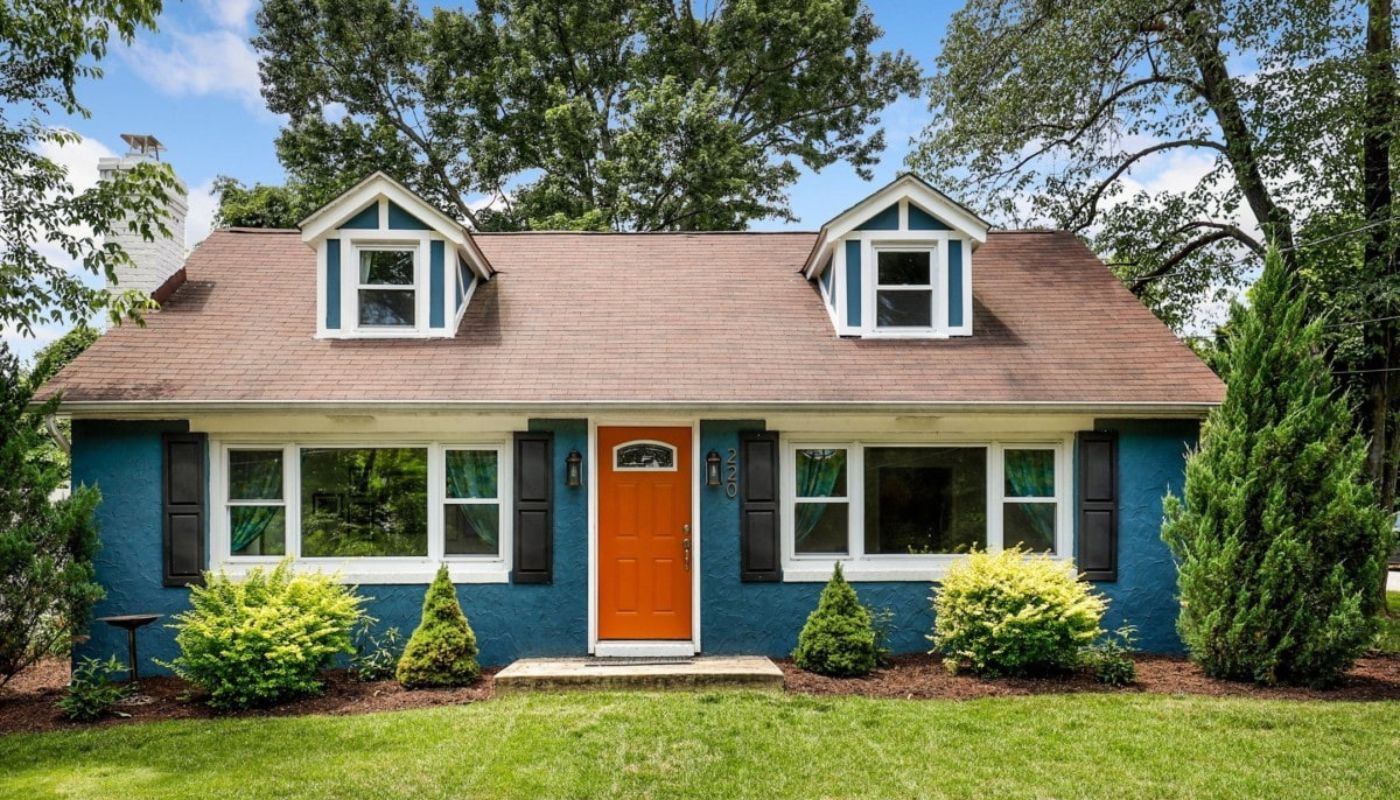
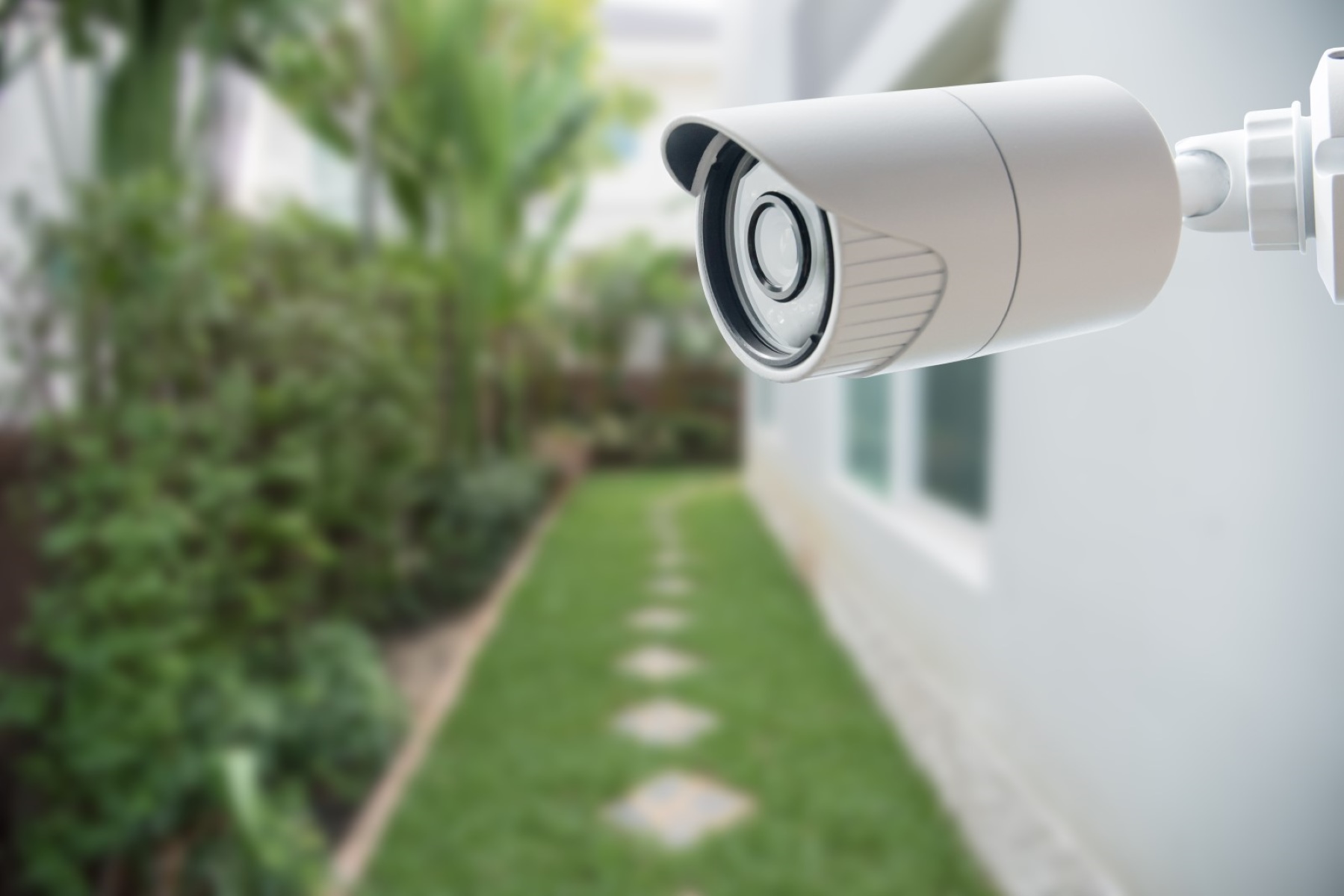
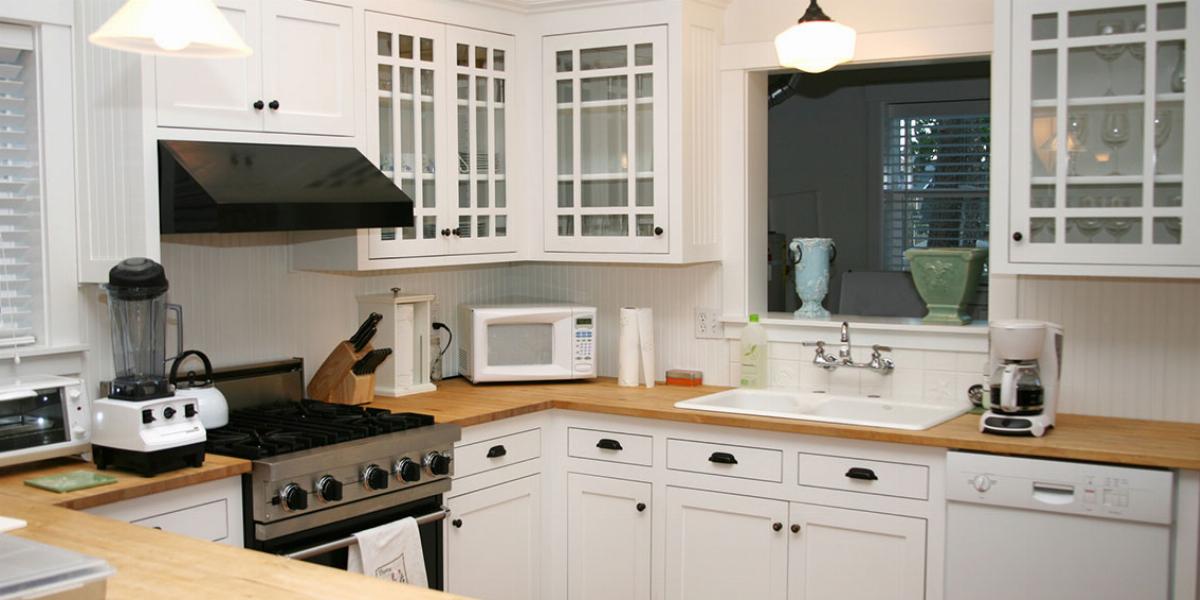
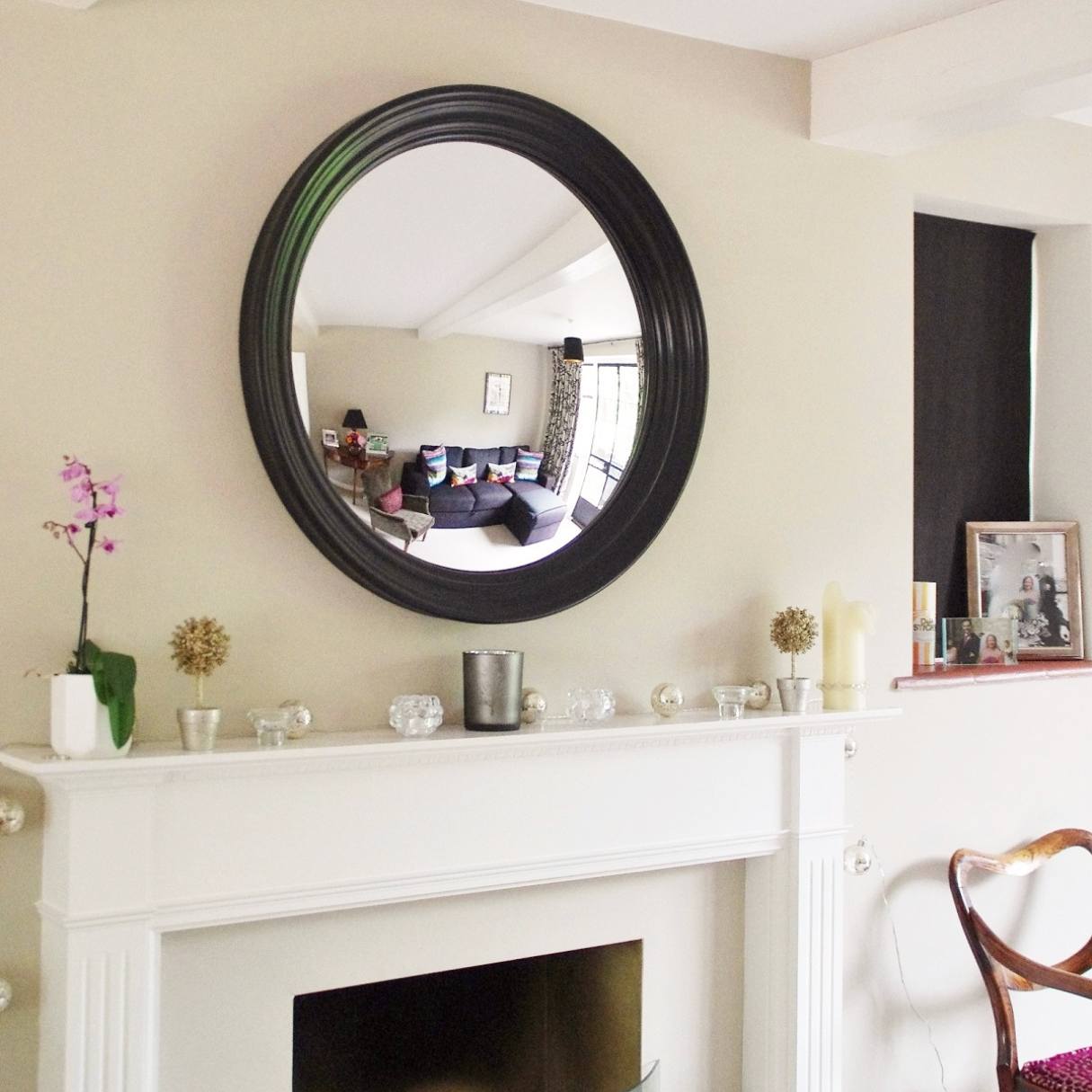
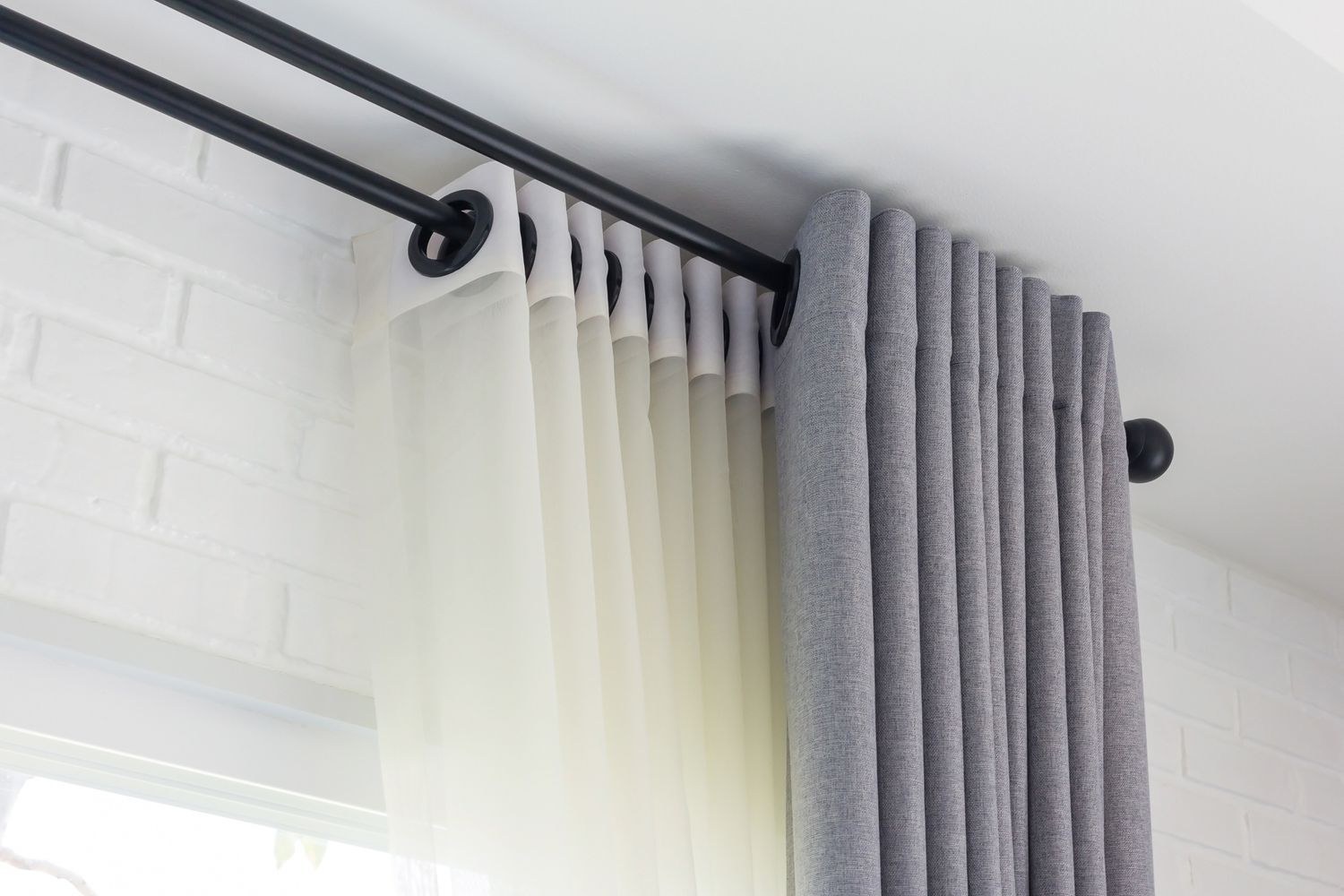


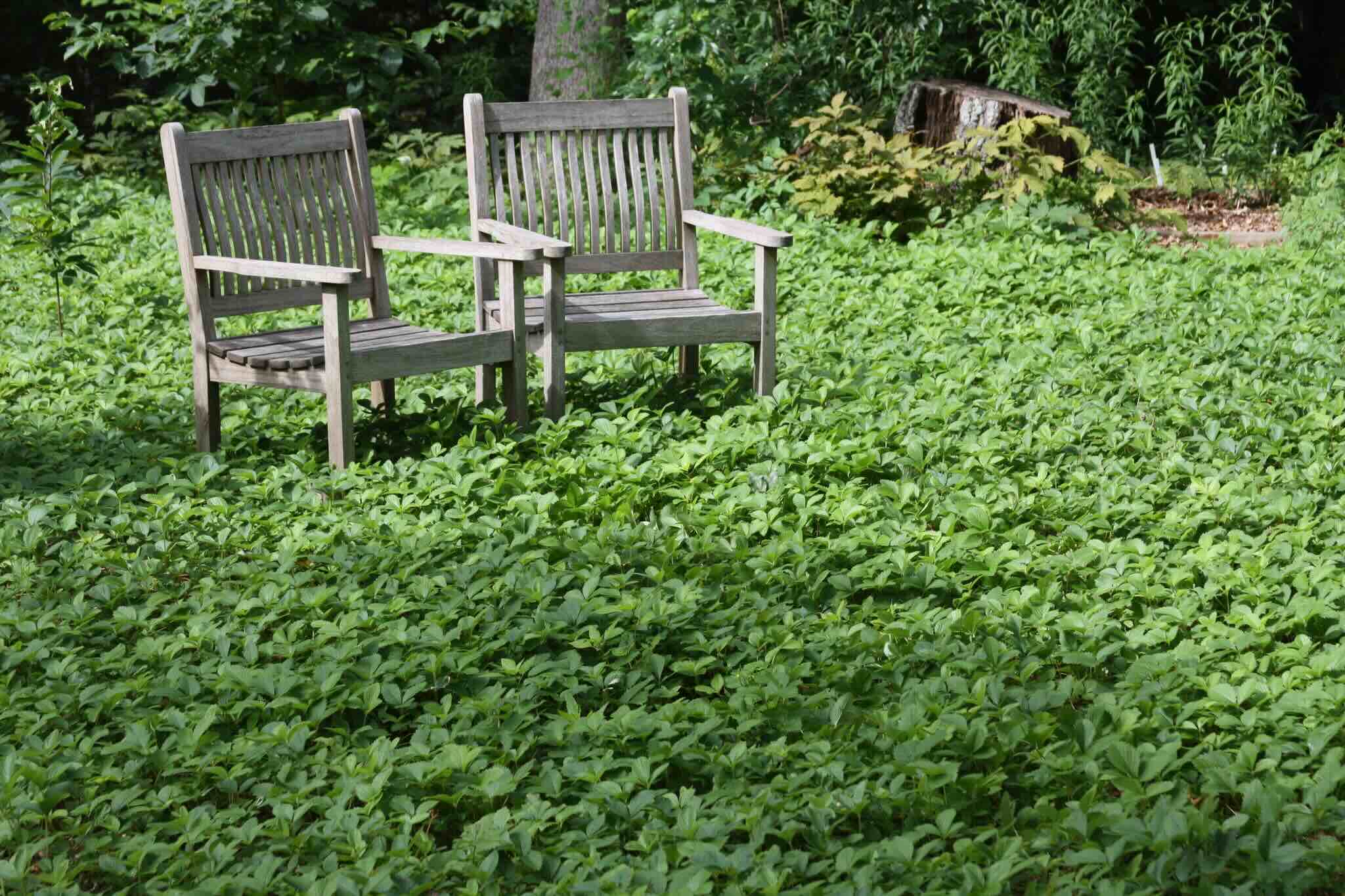
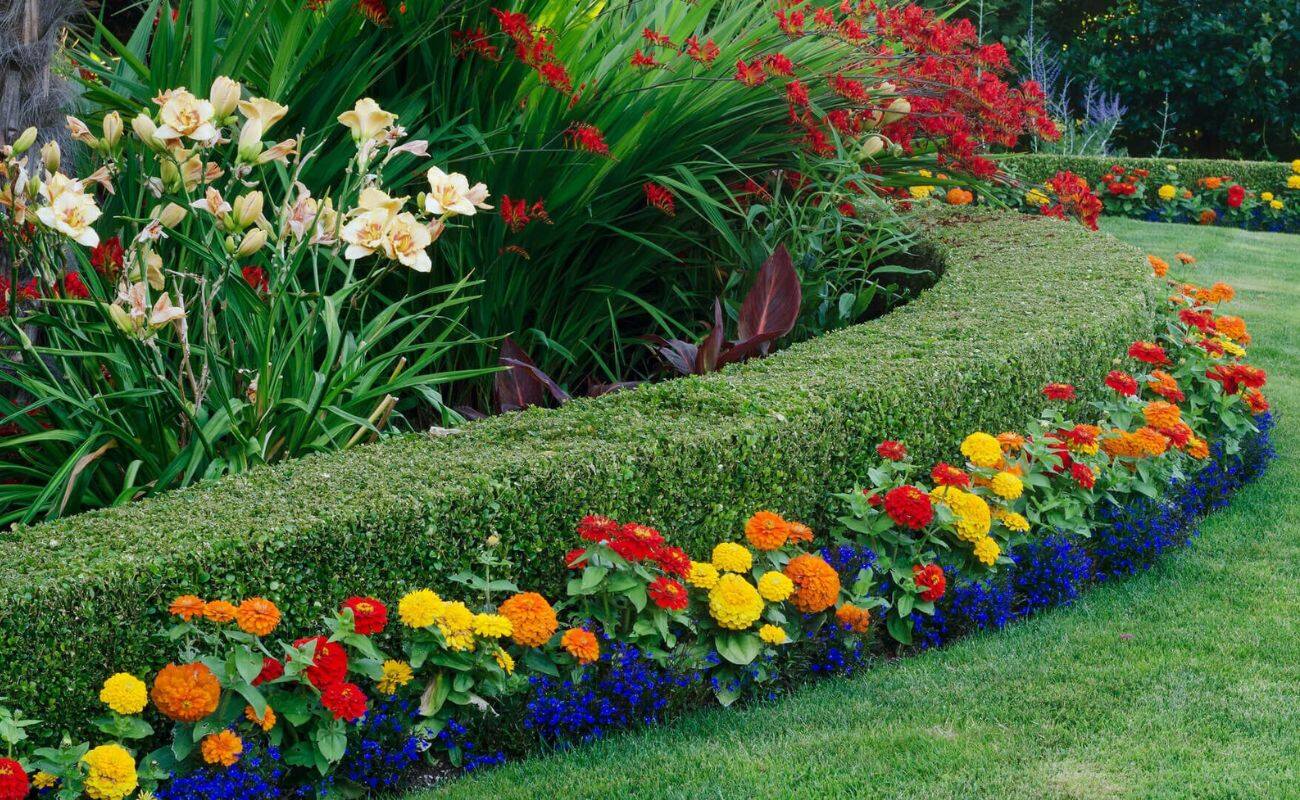
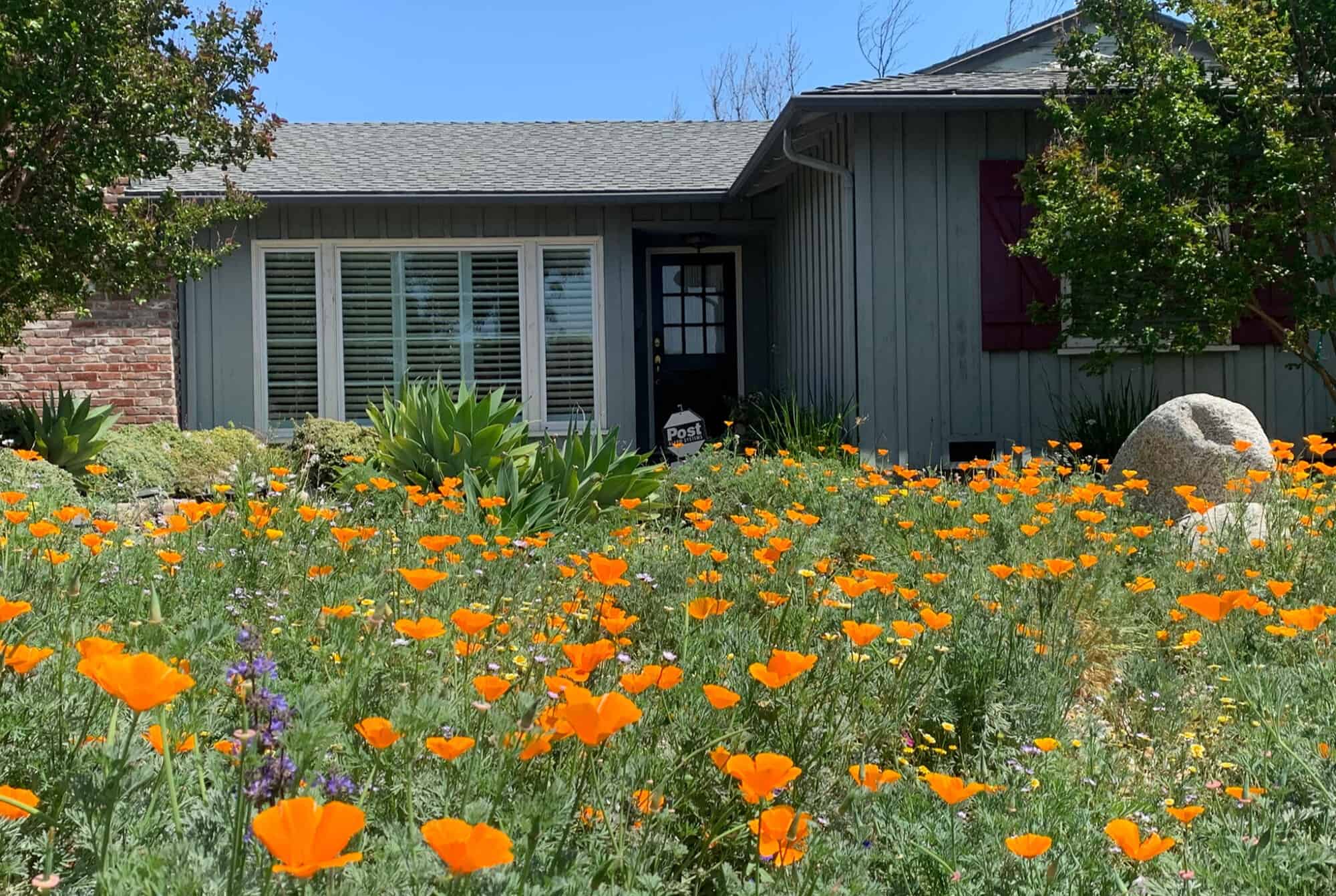
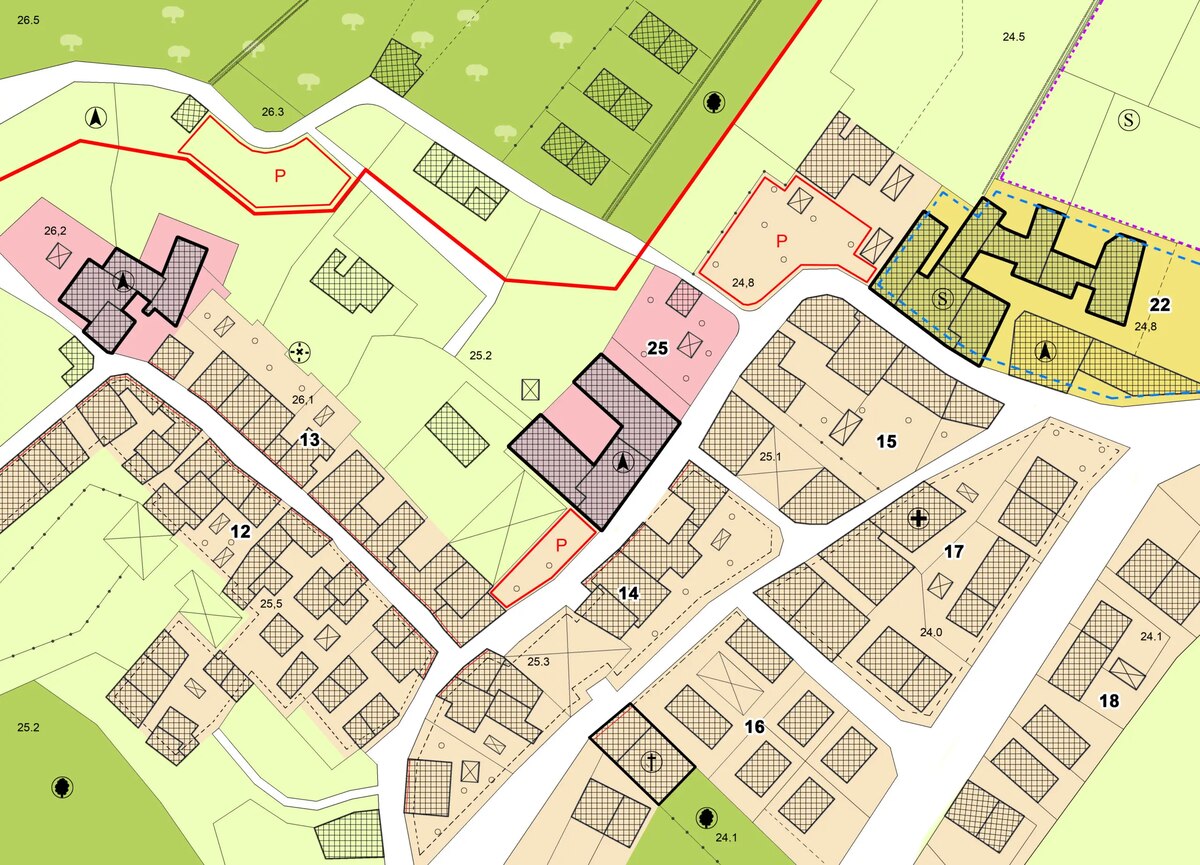
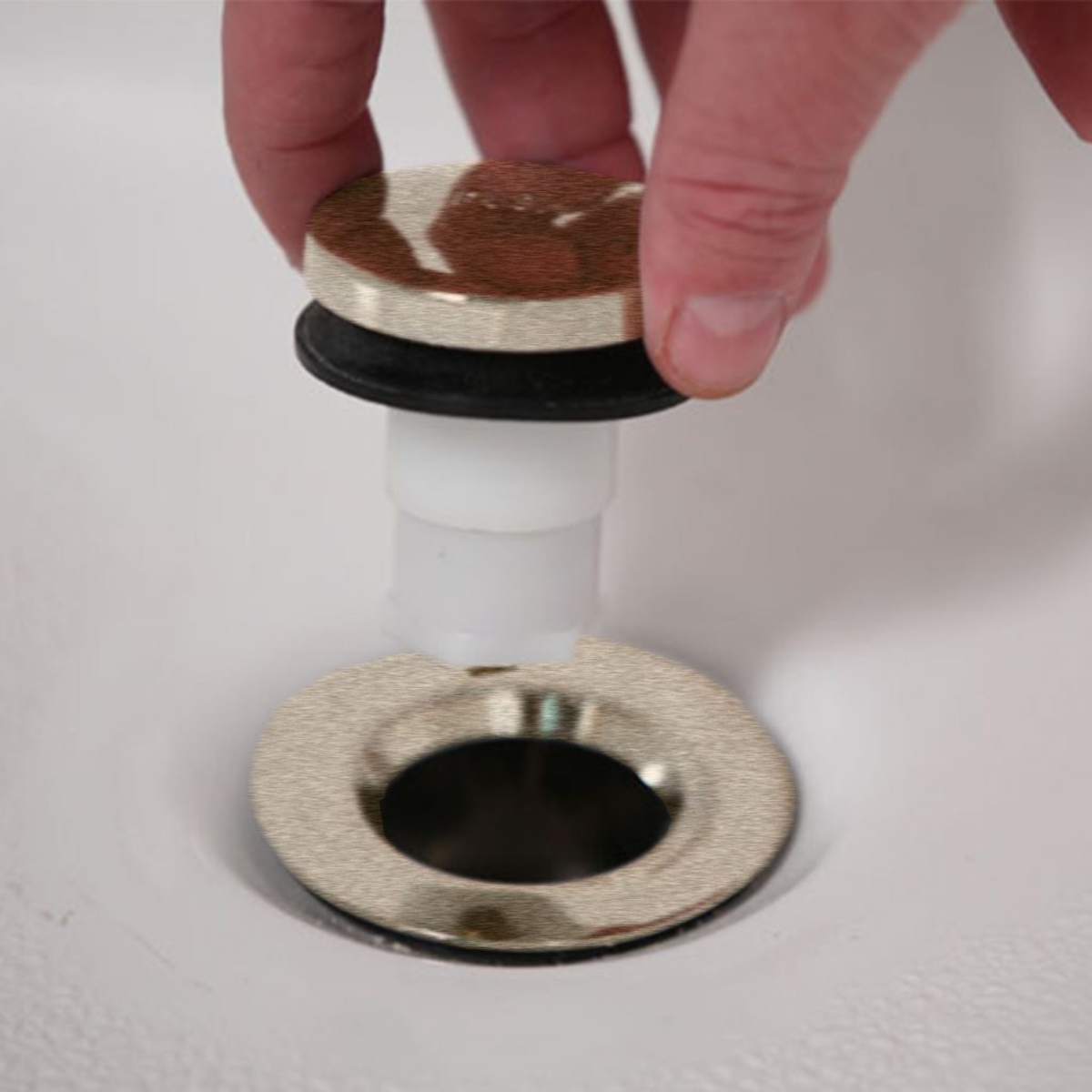
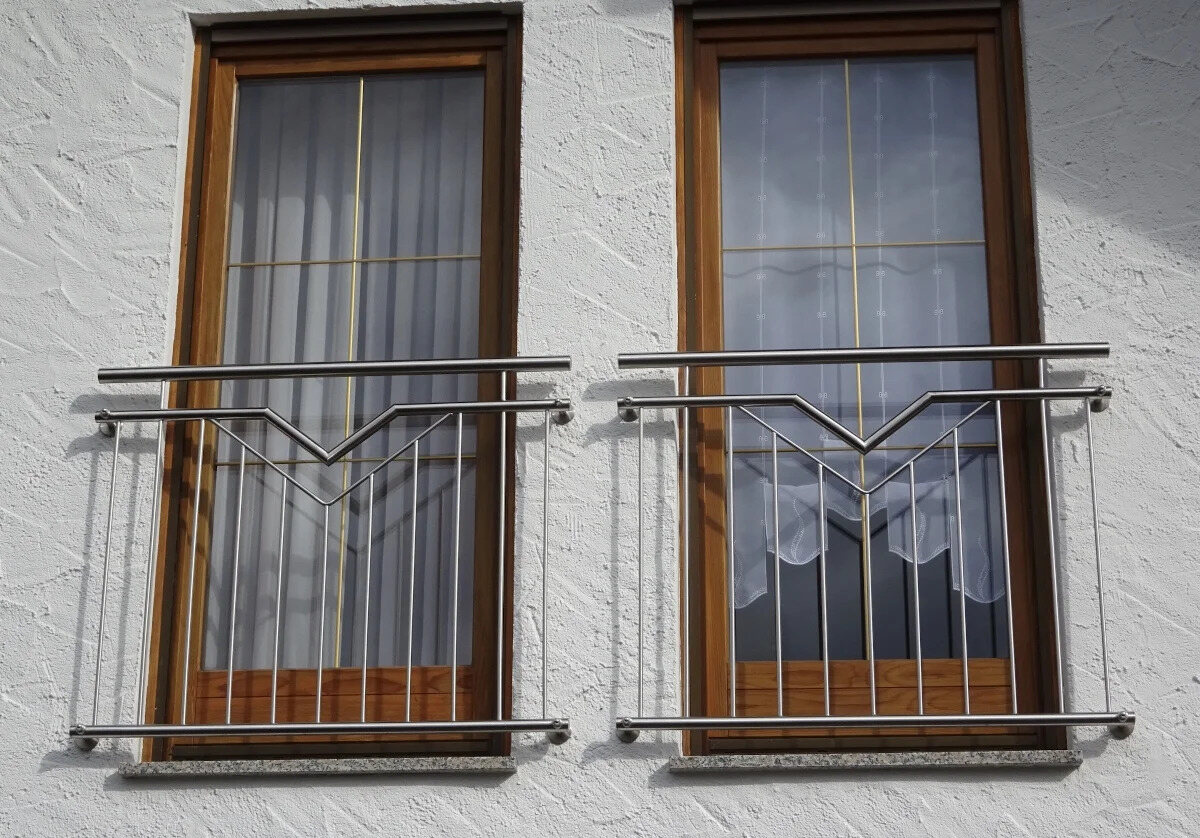
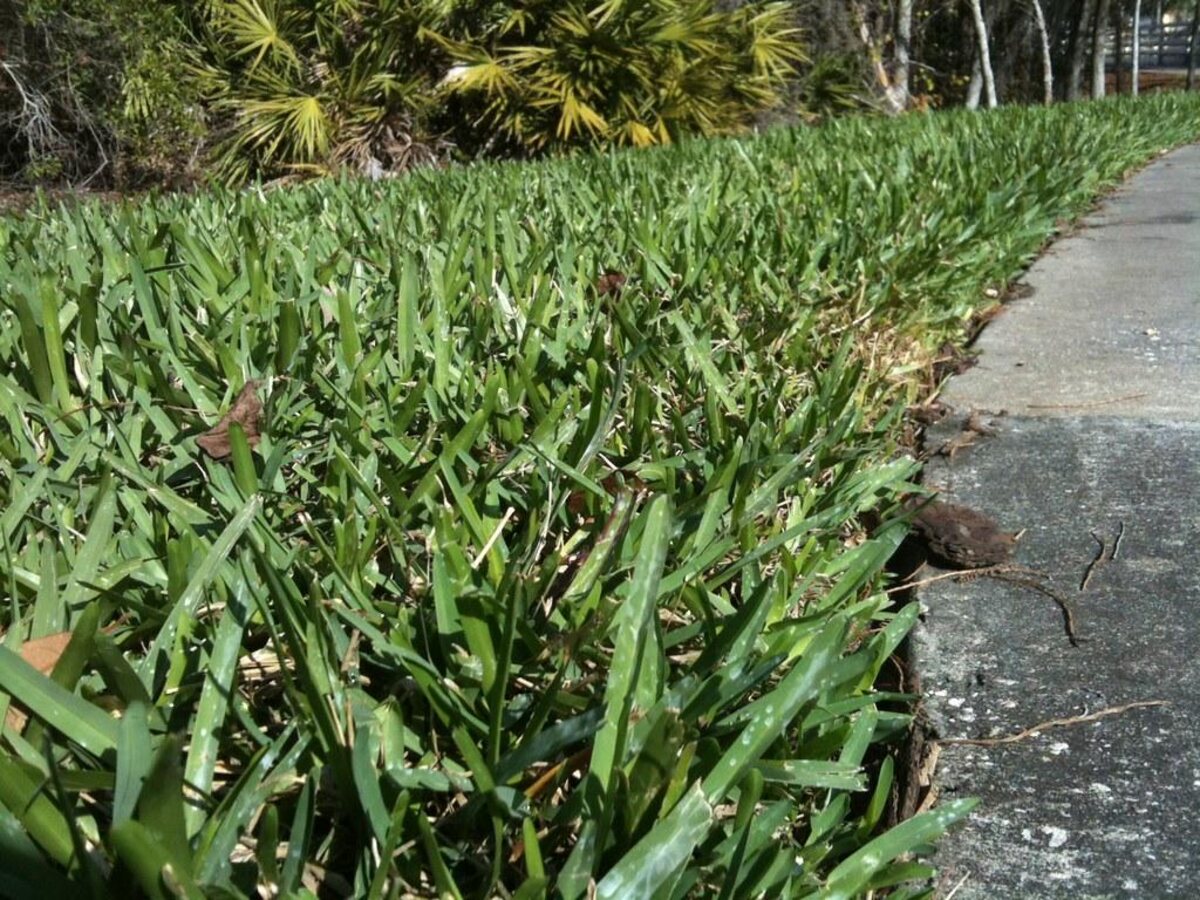

0 thoughts on “What Is A French Drain? Find Out If One Is Right For Your Yard”